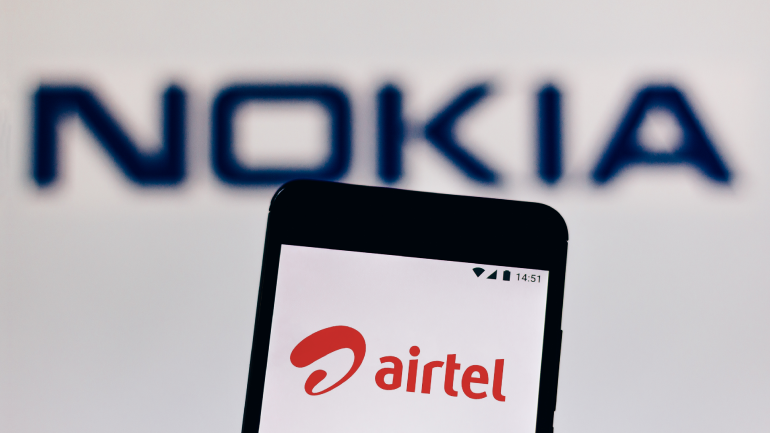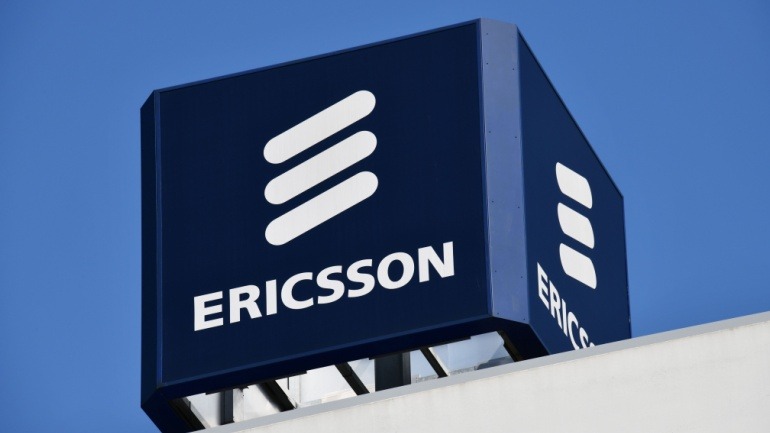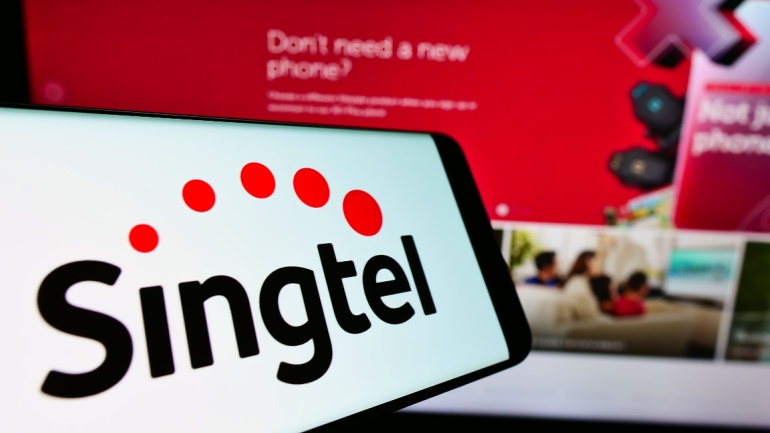The Indian telecom giant Bharti Airtel has selected Nokia’s CloudBand-based software products to power its Voice over LTE (VoLTE) network. Nokia stated that this network supports more than 110 million customers, making it the largest cloud-based VoLTE network in India and the world’s largest VoLTE service managed by Nokia. According to the Finnish telecom gear maker, the deployment of cloud-based VoLTE will enable Airtel to provide its mobile customers with faster, more reliable and cost-effective call connectivity. Nokia’s solution, which has been deployed to cover all 22 telecom service areas in India, uses commercial, off-the-shelf IT hardware with cloud-based Virtual Network Functions (VNFs). Nokia noted that cloud-native VNFs consume far less power and space compared to traditional 2G or 3G circuit-switched legacy cores. With Nokia’s VoLTE platform, Airtel will be able to reduce its 3G network traffic and use the freed-up spectrum to deploy 4G / LTE services for higher speeds…
Vodafone Idea is set to launch commercial 5G services by March 2025, entering the competitive field amidst Bharti Airtel and Reliance Jio’s services started in 2022. Targeting 17 of India’s 22 telecom circles, Vi’s strategic approach involves upgrading 75,000 4G sites..
Ericsson has achieved another significant VoIP milestone, securing a multi-billion-dollar contract with Bharti Airtel, reinforcing its presence in India’s telecom market. This aligns with recent collaborations with Vodafone Idea to enhance 4G and introduce 5G services.
Singtel has made another divestment, selling a fractional 0.8% stake in India’s Bharti Airtel for approximately $711 million. It’s a part of Singtel’s ongoing strategy to transition from traditional telco operations to fully digital-based operations.
Securing a nearly $2 billion loan, Reliance Jio fortifies its ambition in the 5G arena. The funds will enhance Jio’s growth with the acquisition of leading-edge Nokia 5G equipment. Planning one of the fastest 5G rollouts, it’s further partnering with Samsung and Ericsson. Please note, success breeds competition and Bharti Airtel isn’t far behind.
As Three UK reports a 4% revenue boost, courtesy of an expanded active customer base, its operations cost, inflated by 19%, outpaces earnings, hinting at potential sustainability issues. In a different landscape, Telecom Italia shows a 5.5% Q2 profit increase, largely on Brazil’s performance, though competitive pricing in Italy has forced a hefty debt, leading TIM to consider selling its landline grid. At the same time, BT Group sees an uptick in revenue by 4%, attributed to raised prices and improved customer satisfaction. Contrarily, US-based Qualcomm, hit by reduced consumer spending, anticipates a similar upcoming quarter, resulting in a sharp fall in share price. Meanwhile, Bharti Airtel highlights a 14.1% YoY revenue increase, fueled by its growing 4G and postpaid customer base.
Reliance Jio is intensifying its push to mandate satellite spectrum auctions, arguing that direct allocation allows firms like SpaceX’s Starlink to unfairly undercut traditional wireless operators on pricing. As India’s telecom regulator evaluates implications from satellite competitors like Amazon’s Kuiper, the urgency grows to level the regulatory playing field.
BSNL is spearheading the 5G revolution in India, launching a tender for 5G infrastructure in New Delhi to cater to 100,000 users. Utilizing 900 MHz and 3.3GHz bands, BSNL aims to boost digital presence with 5G SA connectivity and fixed wireless access broadband.
Ericsson is intensifying its R&D efforts in India, zeroing in on network APIs. Partnering with telecom giants, Ericsson is unlocking 5G’s potential through programmable networks, enhancing performance, and enabling new performance-based business models.
Vodafone Idea is enhancing their 4G network with Ericsson to introduce 5G in key Indian regions. Leveraging Ericsson’s advanced technology, Vodafone aims to modernize and expand, despite financial hurdles. Their $3.6 billion deal signifies a commitment to regaining market share by implementing robust digital infrastructure.













